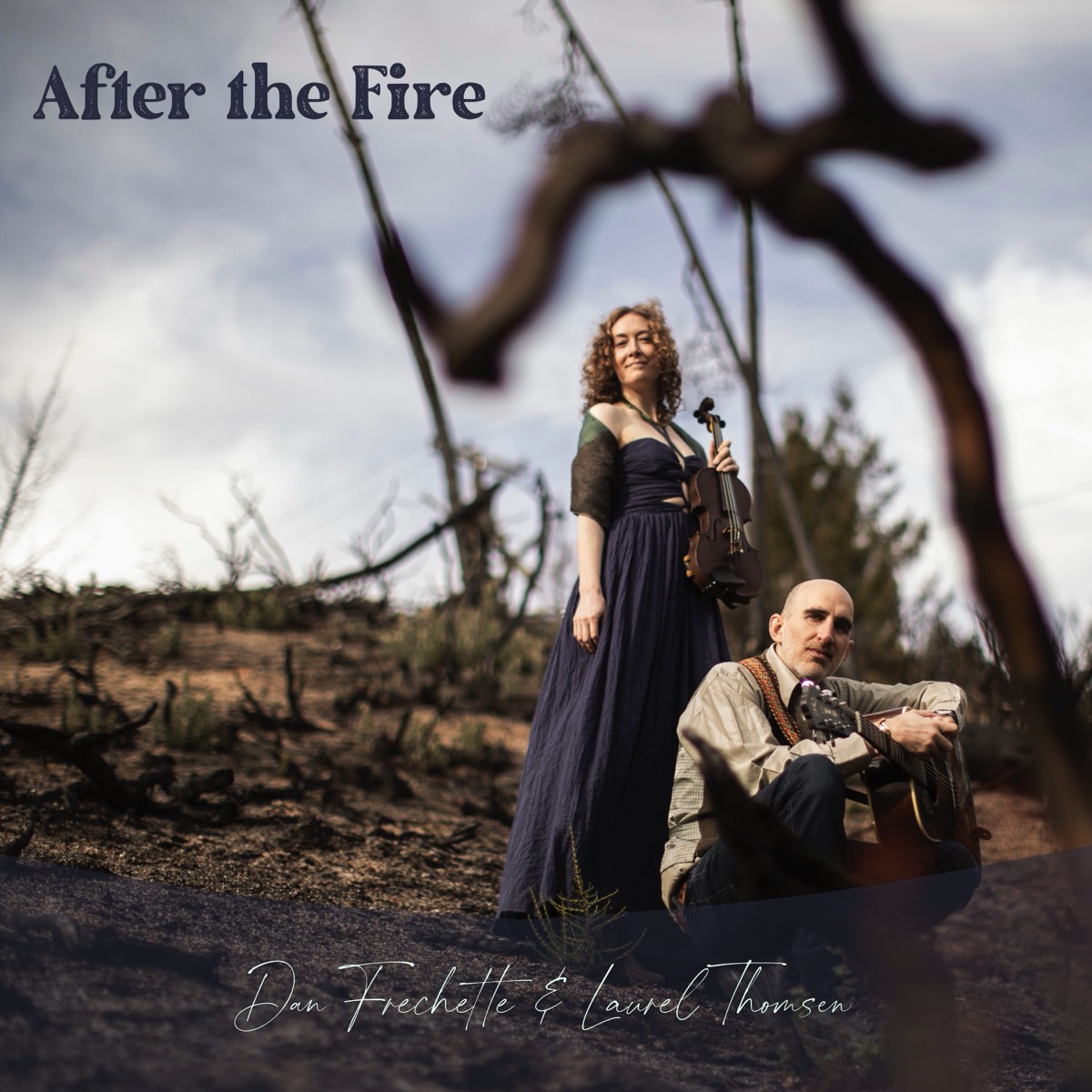This is a very good question, and a tough one! Though it might seem obvious at first - yes, of course we want to play with good technique, the answer is actually much more nuanced. This question was posed by the mother of a very young child, who, although dedicated to daily practice and doing quite well for her age, struggled with some basic foundational technique. Every time the mother tried to step in and help her fix a problem, the child would throw a tantrum. At a loss, the mother wondered if she should let it go and hope that time would sort out the issues, if she should switch the child to a physically less-demanding instrument, or if she should fight through her daughter's tears and force her to make the adjustments.
When is it best to stress technique and when should we let it rest for a while, especially when considering a student's age? And, as the mother most feared, if we don't develop good playing habits when we first start playing, will we ever reach a higher level of performance?
As fundamental as how we hold the instrument and bow, straight bowing, how we place our fingers on the strings, intonation etc. are, these most "basic" elements of playing the violin and other violin family instruments, are all pretty difficult to pull off, at any age.
In the case of straight bowing - the most important factor contributing to our tone, it's difficult because our eyes can't really help us (when the bow is straight it looks crooked to the player), several joints have to coordinate in specific ways (which is tough for anyone but especially little kids who are still developing motor control), and on a tiny violin even our ears can't help us much either (let's face it, the tone will never be spectacular even on the best 1/32 sized instrument you could buy!).
In my studio I like to focus on only one or two technical elements at a time, and as hard as it is to hold back and not try to fix everything I'm seeing at once, doing that well is just not possible. Older students' eyes glaze over. Little kids have meldowns or just lose interest. How much would I give to be able to just do a Vulcan mind meld… As teachers and parents, we have to be patient yet consistent.
With very little ones, everything, but especially technique, can and should be turned into a game, song, or poem that will hold their attention for a few minutes and meet kids where they are - in a world of creativity and imagination. We might play the game that builds the strength, flexibility, or motor control we need for a few minutes each day, developing the tools long before we try to use them in actual playing.
For straight bowing all the way to the tip, the forearm needs to open and then the inner elbow needs to pop forward. On their own, most little kids want to bow from their shoulder, moving their whole arm as a unit. This seems quite natural, like swinging their arms as they walk or run. Very young children might not even know what an "elbow" or "forearm" is. So first, maybe we pretend that the forearm is a gate and we practice swinging it open to invite a friendly favorite animal we imagine to come and play with us. Every story has a "bad guy" though, so then we also practice closing our forearm to keep the mean animals out.
At some point, maybe we make the connection that swinging open is like the down bow, while swinging closed is like the up bow, but sometimes it's better to be sneaky. While some kids love to please their parents and teachers, others want to be independent and are easily frustrated by direction. These kids know when you're trying to get them to do something and if these games are perceived as a trick, this could quickly turn them off. Better to stay in the game and build trust and rapport, waiting until the skills are mastered to make connections back to the violin.
Once we know how to move the forearm independently of the upper arm, maybe we grab some face paint, paint a nice smiley face on the inner elbow, and we practice having the smiley face pop forward and give a quick smooch to a stuffed animal. Suddenly we're giggling and having a great time. Eventually we try the game with the bow held in a tube on the shoulder. Then we try it with the bow on an open string. Finally we try it within a piece.
In the meantime, if a student is really practicing a lot and we're worried about bad habits sinking in, maybe we get a bow tracker installed on the violin, or just stick some little straws in the holes at the top of the f-holes as a gentle guide (make sure they don't fall inside!). Maybe the student is suspicious of this modification so we call the straws “antennae," learn about tremolo bowing (very fast short bow strokes near the tip), and listen to how it can make the sound of a bee. That sounds pretty cool, so then the student is more motivated to learn how to keep the bow straight all the way to the tip so she can master that nice clear buzzzz.
Making playing with good technique fun for young children, and setting a slow enough pace to build it before adding on additional skills, is ideal. However, some kids are desperate to make sound, however squeaky or out-of-tune. Most of the time we're dealing with fairly short attention spans as well. In these cases, I think it's more important to be encouraging and foster a child's interest in music and their determination to play, regardless of whether they are practicing with perfect technique or not. A young child's whole body and being are going to completely change multiple times before she reaches adulthood, and I've seen many students have breakthroughs when they're ready. While bad habits are always concerning, even great technique will often need to be adjusted to suit a changing physiology. It's never too late to change something about our playing that we don't like the sound or feel of.
Many years ago I came across a video of Pinchas Zukerman trying to teach a college student the same principle of straight bowing to the tip. The video has unfortunately been removed from YouTube, but the student has since gone on to a professional career, and it struck me as a wonderful example of how anyone can get to a fairly advanced level, yet still find benefit in going back to basics. Even after all the private lessons and good technical training I had growing up, I’ve built up and torn down many elements of my technique throughout the years. Learning to express ourselves with more comfort, ease, and conviction is a process with so many layers. Furthermore, bodies change. Needs change. It is so rewarding to come to new levels of understanding, even if frustration sometimes has to be the catalyst.

